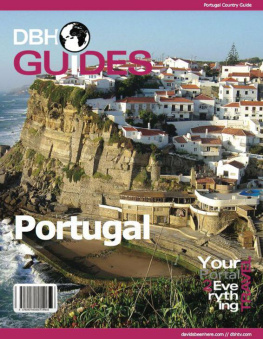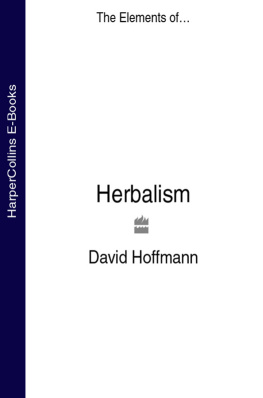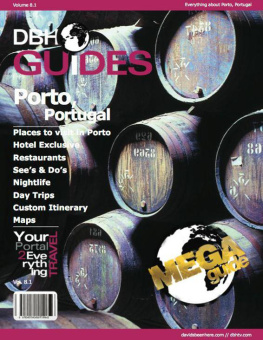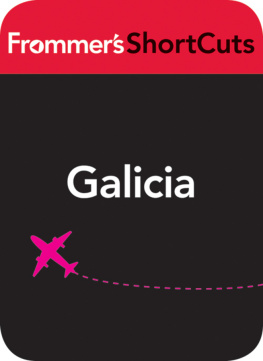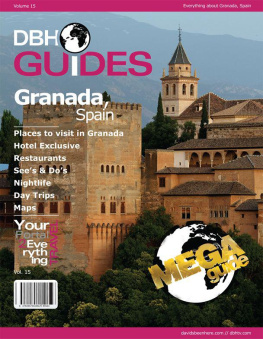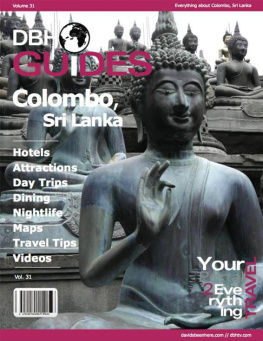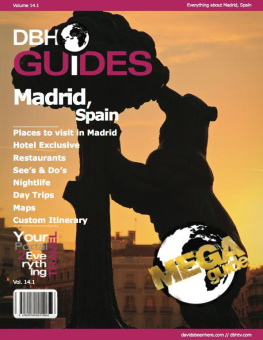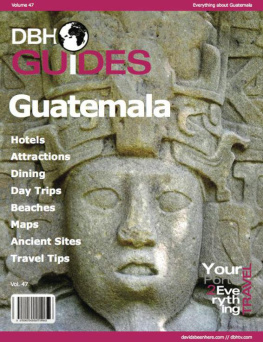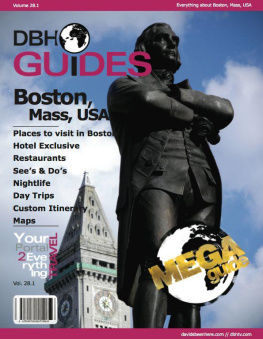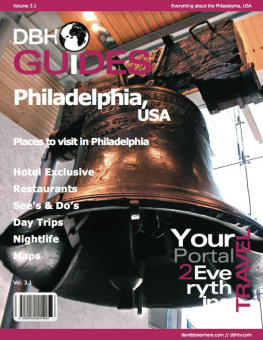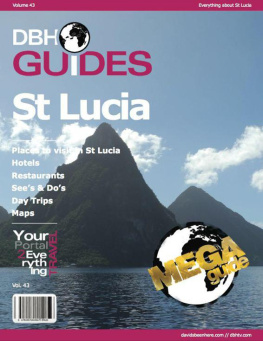Table of Contents
________________________
Country Intro
________________________

The Kingdom of Spain is located in Southwestern Europe and neighbored by Portugal, Gibraltar, France, Northern Africa and Andorra. The Iberian Peninsula encompasses an area of over 224,000 square miles (581, 400 square km) that is bordered by the Mediterranean Sea and the Atlantic Ocean. Spain takes up the majority of this massive peninsula, which has been inhabited by modern humans for over 10,000 years!
Throughout the centuries, control over Spain passed through many hands including those of the Celts, Romans, Seuvians and Moors. Eventually, the country was Christianized through the Reconquista movement. Spanning over seven centuries beginning in the year 722, the Reconquista was a series of bloody wars during the Middle Ages fueled by the Crusades and the sovereignty of the Papacy. Christian kingdoms were formed. The Moors were eventually expelled. And with Columbus discovery of the New World in 1492, Spain became the worlds first bona fide super power. The Kingdom of Galicia was one of the Christian kingdoms to rise out of the Reconquista of the Iberian Peninsula.
Nowadays, Galicia is an autonomous community in northwestern Spain that includes the provinces of A Corua, Lugo, Ourense and Pontevedra. Its capital city, Santiago de Compostela, has been a prevalent Christian pilgrimage site since the 9 th century. It is believed the Apostle St. James reached Galicia from Judea preaching the word of God, and that after his death in the year 44, his remains were taken back to the Iberian Peninsula and buried in Santiago de Compostela. The pilgrimage, known as The Way of Saint James, or El Camino de Santiago, has had a profound influence on Galician culture and the tourism industry. This is apparent in the numerous churches dedicated to St. James, who is also the patron saint of Spain. Gallego is the official language of the region and sounds like a blend of Latin and Portuguese.
The landscape of the region is hilly with numerous canyons and three major waterways: the Mio, Sil and Cabe Rivers. The weather throughout Galicia differs greatly between coastal cities like Vigo and inland cities like Ourense, but it generally does experience significant rainfall throughout the year. The undulating terrain and humid climate lend themselves to a booming wine industry of Alabario, Godello and Menca varieties just to name a few. The five major areas of Galician wine production are: Monterrei, Ribeira Sacra, Ras Baixas, Ribeiro and Valdeorras. The Ribeira Sacra wine country spans over 3,000 acres from the south of Lugo to northern Ourense. It is one of Western Europes top wine areas hEralded for its lush, scenic landscape. The chilly Atlantic waters around Galicia are reputed for the gifts they provide. Many of the tasty sea creatures fished along Galicias coast are not found anywhere else on earth, making it a unique gastronomic epicenter.
In this guide, you will find the attractions I recommend for A Corua, Lugo, Ourense, Santiago de Compostela and Vigo. I experienced all of them during my visit to Galicia in the spring of 2012. As part of a new feature in our 2012-2013 DBH Guide series, you will find sample itinEraries for each city at the end of each chapter.
The website www.turgalicia.es is an excellent resource for first-time visitors.

A Corua Intro
________________________

A Corua, also known as La Corua and Corunna, is a coastal city located on a rocky peninsula in northwestern Spain. It is the capital of the A Corua province and is known as one of Galicias most attractive cities.
A Coruas emblem, the Tower of Hercules, is also a UNESCO World Heritage Site and the citys top attraction. It is a structure that represents the Roman occupation of the Iberian Peninsula, during which A Corua was a strategic port city that granted the Romans access to the British Isles. In 62 B.C., Emperor Julius Caesar visited A Corua, which at the time was called Brigantium . His visit marks the beginning of the citys evolution into one of the grandest metropolises of the Western Roman Empire.
Once the Roman Empire collapsed, the city often fell victim to Viking and Norman attacks, but its people managed to persevere. A Coruas most defining moment came on January 16, 1809, during the Battle of Corunna when the British defeated the Napoleonic French troops, who were after control of the Iberian Peninsula. It was during this historic battle that British Army officer Sir John Moore, perished. His tomb is now located in A Coruas San Carlos Gardens.
A Corua is a city full of surprises. From the Medieval Cidade Vella , or old town, to the ultra modern 21 st century buildings along the water, A Coruas urban layout is stunning and singular. It is the perfect walking city because of the Paseo Martimo, a ten-kilometer-long seaside promenade that encircles the city. Once the project is completed, it will be the longest of its kind in Europe. A distinctive culture exists here one that is closely tied to the sea. Urban beaches, striking architecture and picturesque water views at every turn contribute to the citys charismatic ambiance.
Hotel Hesperia Finisterre
________________________

As a prestigious member of the NH Hoteles brand, Hesperia Finisterre is a fine choice for those who have location and comfort on their priority list while visiting A Corua. The Hesperia Finisterre is a modern building featuring spectacular water views, luxurious amenities and a doting staff.

No matter the guestroom choice, water or city views are a given. Guests can choose from the following: king suite with living room and Jacuzzi tub; junior suite with king-size bed, dressing room and a large living area; superior room with either queen or twin beds, and hydromassage tub; and the opulent presidential suite with a large bedroom, expansive ocean views and a spacious living room. All of Hesperia Finisterres rooms come equipped with bathrobes, slippers, safe deposit box, hair dryer, Wi-Fi, air conditioning and satellite television.

Breakfast, lunch and dinner await you in Novo, the hotels onsite restaurant. Day or night, Novo has gorgeous panoramic ocean vistas to keep you gazing while you dine on international cuisine.
Want to stay in shape during your stay? No problem. Hesperia Finisterres La Solana Sports Center has three heated saltwater swimming pools, massage rooms, saunas, tennis courts and two fitness rooms with high-end workout equipment. The hotel also has valet parking, laundry and babysitting services.
In terms of location, the Hesperia Finisterres address cannot be rivaled. The hotel is just a short walk from the old town, shopping, restaurants and the center of the action, Mara PtaSquare. A Corua is one of Spains most prosperous cities, so it is fitting that its star hotel, Hesperia Finisterre, features top amenities and a high standard of customer care. The hotel staff is attentive and professional. From the lobby to your marble-clad bathroom, the hotels dcor is tasteful and contemporary. There will only be one problem with your stay at the Hesperia Finisterre eventually have to check out.
Next page


